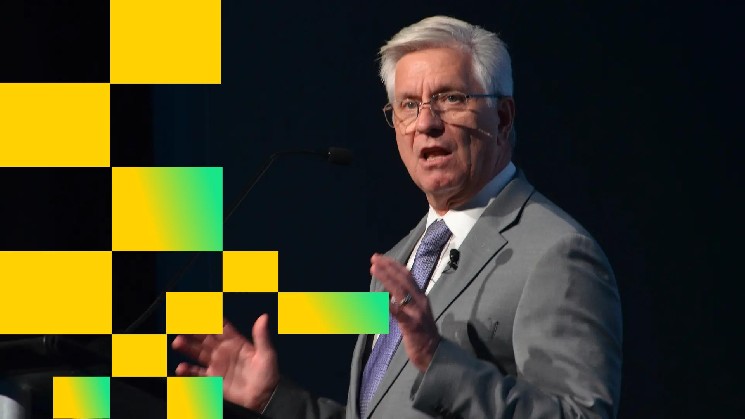Listen to the article
When I worked at the Federal Reserve, we used to joke that our job was to protect the status quo. The Fed’s mandate has long included financial stability, certainly not financial disruption. But Fed Governor Chris Waller’s speech calling on Fed staff to research the creation of a new “payments account” for nonbank payment providers at this week’s Fed Payments Innovation Conference marks the first serious challenge to the assumption that only banks get to move money in America and who is allowed access to the Fed’s balance sheet.
When I wrote in 2023 that “stablecoins are the battleground for the future of money,” I also meant that the real contest was over who gets access to the monetary system — banks, fintechs or decentralized networks. Two years later, Waller’s proposal brings that battle to the Fed itself.
While the UK and the EU both have comprehensive frameworks for payment providers like e-money institutions, the U.S., by contrast, has no similar federal payments charter. Nonbanks must navigate 50 state money transmitter laws or rely on bank partnerships. The Office of the Comptroller of the Currency’s long-discussed fintech charter never took off. This regulatory vacuum forced innovation into the gaps — and helped to pave the way for stablecoin issuers to become the de facto payment companies of the digital era. But these stablecoin issuers have no access to Fed payment rails and generally need to partner with banks.
Governor Waller’s proposal for a “payments account” — what he called a “skinny master account” — would give eligible non-bank institutions direct access to the Federal Reserve’s payment rails, but without the privileges traditionally afforded to banks. Balances in these accounts would earn no interest, could be subject to caps and would not carry daylight overdraft or discount-window access. Their sole purpose would be to facilitate payments.
For decades, every U.S. transaction has ultimately relied on a bank’s account at the Fed. Fintechs, card networks and digital wallets could innovate in partnership with banks. A payments account would change this paradigm by opening a narrow, supervised corridor into the core monetary infrastructure — effectively creating a U.S. payments charter through access to the Fed system rather than through legislation.
In many ways, Waller’s proposal revives the old idea of narrow banking — separating the payments function of banking from the credit creation function. Narrow banks hold high-quality, liquid assets and exist to move money, not to lend it. The concept has resurfaced repeatedly since the 1930s but has never gained traction in the U.S. – until now.
This payments account could also reshape how stablecoins fit within the monetary system. Payment stablecoin issuers already operate as a form of narrow bank — holding fully-backed reserves and facilitating payments rather than lending. Yet the GENIUS Act does not grant them direct access to Fed payment rails, the one step that would integrate these stablecoin issuers into the US monetary system.
If stablecoin issuers could hold reserves directly through a Fed payments account, their tokens would be backed by central bank money itself. This would also provide the Fed with expanded tools to manage systemic risk stemming from payment stablecoin issuers and bridge the divide between private and public digital dollars.
Stablecoins backed by Fed payment accounts would also offer a viable alternative to a retail central bank digital currency. Gov. Waller has long been skeptical of a Fed-issued central bank digital currency. His payments account proposal suggests a middle way: let the private sector innovate at the front end and keep the Fed as the trusted settlement layer behind it.
When I worked at the Fed, protecting the status quo felt synonymous with protecting financial stability. However, stability also depends on adaptability — including central banks’ ability to innovate in order to maintain control of their monetary levers. To quote Giuseppe Tomasi di Lampedusa’s novel The Leopard: “If we want things to stay as they are, things will have to change.”



